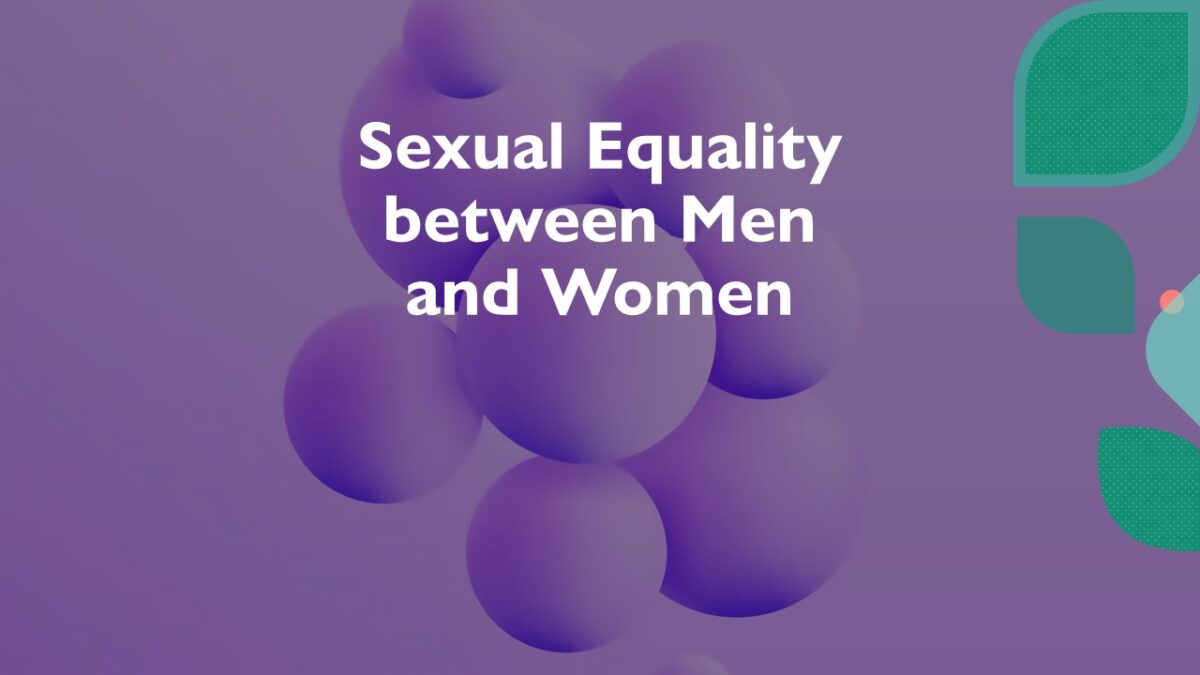The liberalization of sexual morals due to the “sexual revolution” of the 1960s and 1970s was a key process that altered the idea of romantic love in the second part of the 20th century in North America and Europe (Karandashev, 2017). Increasing sexual equality between men and women was among the driving forces of the sexual revolution.
Moreover, some expressions concerning love began to refer tacitly to sexual desire and sex. For example, the expression “making love” started to mean “having sex.” And good sex was an important sign of love. For more about this, see another post titled “What is the Sexual Revolution?”).
Sexual Equality Between Men and Women
The “sexual revolution” of the 1960s and ’80s constructed sex as an autonomous domain of pleasure, for both men and women. The double sexual standards for men and women declined. Modern culture abandoned the old-fashioned hypocrisy of the past centuries, when male sexuality was viewed as carnal and female sexuality as maternal or romantic.
It was accepted that erotic desire is natural for both male and female sexuality. In sex, women and men have equal rights to give and receive sensual pleasures. The studies of those years showed that gender differences between male and female sexual attitudes and behaviors steadily diminished (see for review, Karandashev, 2017).
Women and men had gradually become equal sexual partners in many regards.
In the 1960s and 1970s, sex became a private matter between two people. A new interest in sexuality evolved among both men and women. One of the factors that led to this was the change in women’s views on sex.
Previously, while she and her male partner may have “fun,” a woman could not achieve full sexual equality in sensual pleasure because of the fear of an unwanted pregnancy. Couples who enjoyed free premarital sex usually intended to marry. The woman’s question after sex was usually, “Will you marry me?” A woman felt more responsible because she would become the primary caregiver for a child.
The Invention of Modern Contraceptives Made the Sexual Revolution for Women Possible
The invention and growing popularity of modern contraceptives in the 1960s and 1970s caused the contraceptive revolution that, in turn, some may say, led to the so-called sexual revolution. The invention of modern, effective contraceptives substantially altered sexual attitudes and behavior.
Because women had access to effective contraception, they had better control over when they wanted to have children. The reduced risk of an unwanted pregnancy gave a woman an opportunity to separate her sexual activity from childbirth. This opportunity gave her more freedom to enjoy sex and love. Compared to former times when fear of pregnancy inhibited women’s sexual responsiveness, they had a better sense of freedom in sexual matters.
Liberal Attitudes toward Premarital Sex
The old myth that sex can only be enjoyed within marriage has been debunked. Premarital and promiscuous sex gained popularity. It was largely among lovers and good friends who were not married or who were not necessarily engaged to be married. Many premarital and extramarital partners had sex just to experience sensual pleasure.
Women and men became more interested in sex and more equal than ever before. But good sex is not just physical sexual intercourse. It largely involves psychological intimacy and genuine interpersonal relationships. For example, sexual adequacy in a woman’s experience is greatly related to the quality of her intimate relationships.
In the 1970s and 1980s, these changes in sexual attitudes profoundly transformed people’s attitudes toward personal relationships and psychological intimacy.
The Freedom to Pursue One’s Own Heart and Sexual Equality
Men and women were able to find their own mates and marry when they were happy with the relationships. Attitudes toward premarital sex became more relaxed than before. Sex became a private subject between two people.
Compared to their predecessors, many men became more sensitive to women’s needs. They also felt less emotionally detached from women in relationships. Many women became more self-assured in their expression and less reliant on outdated cultural norms. New “revolutionary” sexual norms did not expect women to conceal their sexual pleasure anymore and did not view it as a private shame.
These new cultural norms not only permitted women to experience their sexuality but rather encouraged them to do so. For men, these changes also brought a new psychological horizon. They had the possibility of getting sex with a woman who, being equal, made her free choice to have sex with him. In their sex, they both had a free emotional exchange.
Cross-cultural Views of Sexual Equality
It should be noted that the “sexual revolution” did not “invent” sexual equality per se. It simply revolted against old-fashioned Western cultural norms.
Anthropological studies of different cultures have shown that sexual equality is an important factor that affects the cultural value of love. Researchers studied 75 social groups across many cultures around the world. They found that only in those societies that permit giving or not giving love freely and equally to both males and females and that accept premarital or extramarital sex as equally possible for both men and women, do people consider romantic love as a valuable basis for marriage (De Munck & Korotayev, 1999).
